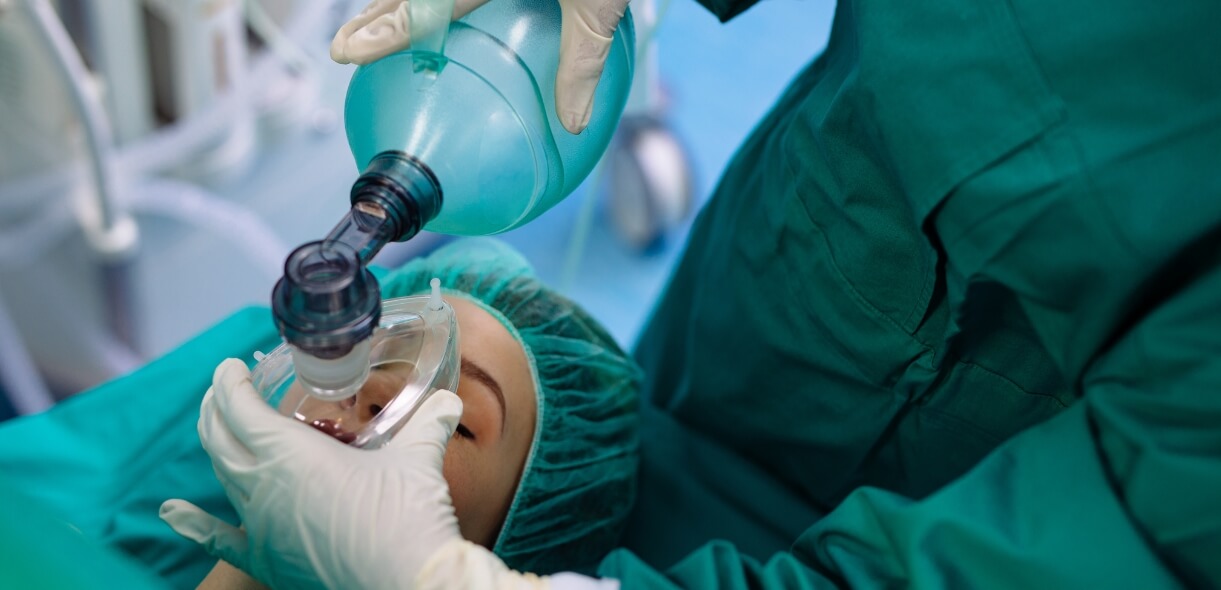Conscious Sedation Techniques Used In Dentistry

Welcome to a journey where the sounds of drills fade into tranquility, and dental anxiety dissipates like morning mist. Dentistry, once synonymous with fear for many, has evolved into a realm where comfort and care converge. This transformation owes much to the art of conscious sedation techniques. In this blog, we delve into the fascinating world of conscious sedation in dentistry, unraveling its methods and benefits.
Understanding Conscious Sedation
Conscious sedation is revolutionizing the patient experience by alleviating anxiety and discomfort during dental procedures. By understanding and embracing the benefits of conscious sedation, both patients and dental practitioners can navigate dental visits with confidence and ease.
Types of Sedation Dentistry Techniques
Conscious sedation in dentistry encompasses a variety of techniques tailored to suit the individual needs and preferences of patients. Let’s explore these techniques in greater detail to understand their mechanisms and applications.
Nitrous Oxide (Laughing Gas)
Nitrous oxide, a colorless and odorless gas, is administered through a comfortable mask placed over the patient’s nose. As the patient breathes in the nitrous oxide-oxygen mixture, they experience a sense of euphoria and relaxation. One of the key benefits of nitrous oxide is its rapid onset of action, typically within minutes, making it ideal for patients who require immediate anxiety relief.
Oral Sedation
Oral sedation involves the administration of sedative medications in pill or liquid form, which patients ingest prior to their dental appointment. These medications, typically benzodiazepines like diazepam or lorazepam, induce a calming effect and help alleviate anxiety. Oral sedation is particularly useful for patients with moderate to severe dental phobia or those undergoing lengthy procedures.
Intravenous (IV) Sedation
Intravenous sedation involves the administration of sedative medications directly into the bloodstream via a vein. This method allows for precise control over the level of sedation, as the medications take effect quickly and can be titrated as needed throughout the procedure. IV sedation induces a deeper state of relaxation compared to nitrous oxide or oral sedatives, making it suitable for more complex dental treatments or patients with significant anxiety.
Conscious Sedation Techniques
Deep Sedation
Deep sedation involves administering medications that induce a state of profound relaxation and depression of consciousness. It’s commonly employed for complex dental procedures or surgeries that require a higher degree of patient immobilization and pain control. Unlike moderate sedation, deep sedation renders patients largely unresponsive to stimuli, although they may still respond to repeated or painful stimulation. This level of sedation is typically achieved using intravenous medications such as propofol or benzodiazepines in higher doses.
Minimal Sedation (Anxiolysis)
Minimal sedation involves administering medications or inhalational agents to induce a mild state of relaxation and alleviate anxiety. This level of sedation is achieved using techniques such as nitrous oxide inhalation or oral medications like benzodiazepines in low doses. Anxiolysis is commonly utilized for patients with mild to moderate dental anxiety or apprehension, as well as for routine dental procedures that may cause discomfort or nervousness.
Moderate Sedation
It involves administering medications to induce a state of depression of consciousness while maintaining the patient’s ability to respond. Moderate sedation is widely utilized in dentistry for a variety of procedures. They range from simple dental cleanings to more complex treatments like root canals or extractions. By inducing a relaxed and drowsy state, moderate sedation helps alleviate anxiety and discomfort, making dental visits more tolerable for patients.
General Anesthesia
General anesthesia is reserved for extensive dental procedures, oral surgeries, or patients with special needs. As they cannot tolerate other forms of sedation. This level of sedation is achieved using intravenous medications or inhalational agents. Thus these are often administered by an anesthesiologist in a hospital or surgical setting.
Benefits of Conscious Sedation
Conscious sedation techniques in dentistry offer a multitude of advantages, enhancing the patient experience and facilitating smoother dental procedures. Let’s delve deeper into the array of benefits that conscious sedation provides:
Anxiety Reduction: One of the primary benefits of conscious sedation is its ability to alleviate dental anxiety and phobia. By reducing anxiety, conscious sedation helps patients feel more comfortable and confident during their appointments. This ultimately helps in promoting better oral health outcomes.
Pain Management: Dental procedures, particularly those involving invasive treatments or extensive dental work, can cause discomfort and pain for patients. Thus conscious sedation techniques effectively mitigate pain perception by inducing a state of relaxation and reducing the brain’s response to painful stimuli.
Improved Cooperation: Patients undergoing dental procedures under conscious sedation are more likely to cooperate with the dental team and follow instructions throughout the treatment process. Sedation helps alleviate nervousness and apprehension, allowing patients to remain calm and composed during procedures.
In the realm of dentistry, conscious sedation stands as a beacon of comfort and care. This transforms the patient experience from apprehension to relaxation. So, the next time you feel anxious about a dental visit, remember the soothing embrace of conscious sedation. Embrace the comfort, bid farewell to anxiety, and embark on a journey towards a brighter, healthier smile with conscious sedation by your side.




